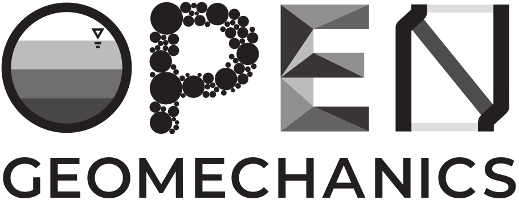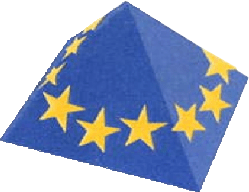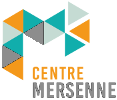Chloé Arson
I am a Professor in the School of Civil and Environmental Engineering at Cornell University. Prior to Cornell, I worked at the Georgia Institute of Technology (Georgia Tech) as a Professor (2022-2023), Associate Professor (2016-2022) and Assistant Professor (2012-2016). I worked as an Assistant Professor at Texas A&M University between 2099 and 2012, after earning my graduate degrees at Ecole des Ponts Paris Tech (France). I hold a Ph.D. in geomechanics (2009), a M.Sc. in geomechanics (2006), and a Master's in civil engineering (2006). I teach mechanics-focused classes (mechanics of materials at the undergraduate level, computational mechanics and theoretical geomechanics at the graduate level). I was elected to chair the poromechanics committee of the ASCE Engineering Mechanics Institute (EMI) from 2019 to 2021, and as such, I increased the participation of women in the committee, organized a mentoring program for junior members, contributed to an open access education platform created by other members, and co-chaired the Biot-Bazant conference on engineering mechanics and physics of porous materials (in 2021). I co-chaired the EMI annual conference hosted at Georgia Tech in 2023.
Research Topics
My expertise is damage and healing rock mechanics, micro-macro modeling of porous media, and computational geomechanics. My group develops numerical tools to assess the performance and environmental impacts of underground storage and rock fracturing, explain the formation of soil by rock weathering, and design sustainable bio-inspired geotechnical systems. Lately, I started investigating the use of artificial intelligence to optimize subsurface exploration and enhance multi-scale geomechanical models. Some recent and current projects include: deep learning strategies to enhance the homogenization theory with application to reactive flow in deformable porous media; homogenization models of damage and self-healing in polycrystals; multiscale modeling of damage induced by weathering, topographic stresses and regional stresses; numerical simulation of the propagation of fractures and their damaged zones; particulate mechanics model of grain fragmentation in confined particulate media; numerical modeling of burrowing processes; tunneling and subsurface exploration based on artificial intelligence; mechanical interpretation of root/soil interactions; bio-inspired network dynamics (using slime molds and leaf venations as analogs); bio-inspired excavation strategies (using mole rats and ants as analogs). I received two PhD research prizes in 2010, the NSF CAREER award in 2016, the Georgia Tech CEE inter-disciplinary research award in 2017 and the NSF BRITE award in 2021. In 2019, I delivered the early career keynote address of the American Rock Mechanics Association.
Why Open Geomechanics
I am committed to promote diversity, equity and inclusion (DEI) in STEM. One of the activities that I am vested in is accessibility to scientific knowledge in the broadest possible sense, be it physical, cultural or financial. Open Geomechanics addresses financial accessibility. I strongly believe that research articles written by authors for free and reviewed by experts for free should be... free of access. Publishers could follow a model close to major newspapers and offer more than electronic papers for the subscription fee that they request. There are many services that one could think of and that could justify paying for: podcasts; course material based on papers published; organized library of open access programs, and more. We, as a community, can already do better than what most journals do. Think about the combined use of Overleaf, GitHub and Zenodo for generating printable versions of manuscripts and posting supplementary codes or other materials. Granted, the transition may take time. Ironically, one needs to publish in subscription-based journals and be visible enough to get the recognition required to serve on editorial boards. I am thankful that I was seen as someone who could contribute to the publication revolution that Open Geomechanics is aspiring to, and I invite all of you, all of us, to engage in the debate with major publishing companies and indexing platforms.
Statement of interests
I am on a nine-month salary. This means that Georgia Tech pays me 9 months out 12 to teach and advise students. My salary for the three months of the summer are covered by my research grants. Most of my research support comes from the U.S. National Science Foundation. I have also received funding from the U.S. Department of Energy, the Georgia Department of Transportation, the American Association of Railroads, French IDEX programs, National Laboratories (Livermore, Oak Ridge and Idaho) and several companies (ConocoPhillips, Aramco, Haley & Aldrich).



